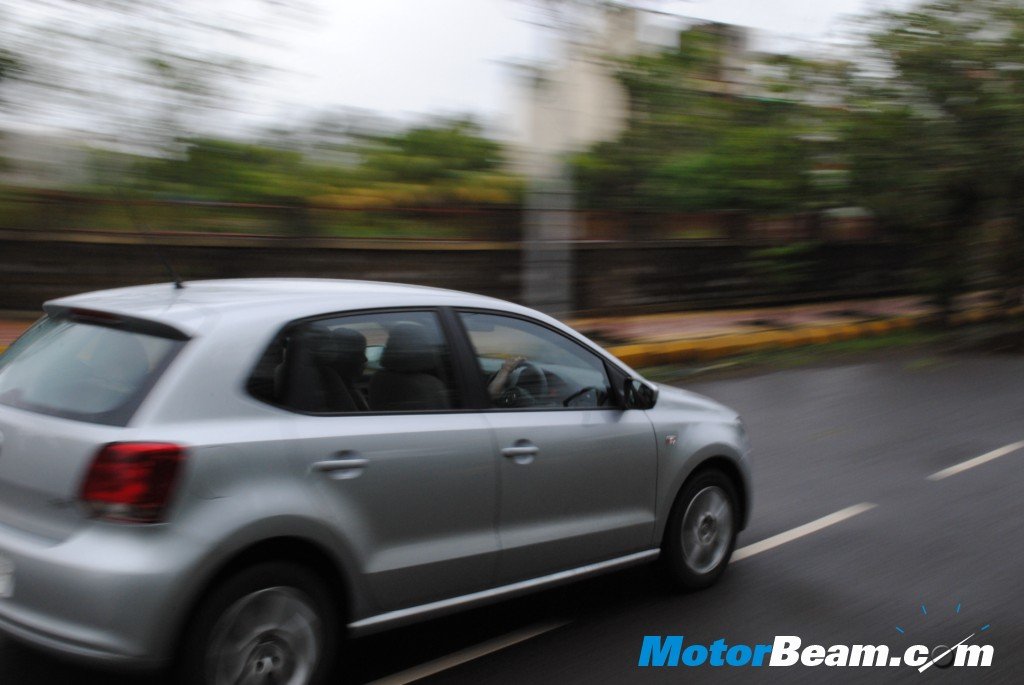The government will now put your name and photograph in the newspaper in addition to issuing a hefty fine if you are caught over-speeding under the new draft of Road Transport and Safety Bill.

While obituaries are the easiest way to get your name and photograph in the newspaper (if you don’t believe in doing something substantial or overly paying the media folks for a front page news), the government has now devised a new plan to make sure that your photo appears in the paper without much effort. Don’t get all excited though, the proposed plan is part of the ‘name and shame’ route that the Indian government has proposed to reduce the incidents of over-speeding across the country.
As per the new draft of the Road Transport and Safety Bill, those caught over-speeding will not only pay a hefty fine, face suspension or cancellation of the driver’s license, but their names and photos will also be published in the newspapers by authorities. The authorities will also recover the cost of the newspaper insertion from the offender. According to section 298 of the proposed law, violating speed regulations will make the driver liable to face social embarrassment. The driver details will be published in three leading newspapers (1 English and 2 Regional) circulating in the district of his/her residence.
The proposal has been made citing the high cases of road accidents caused due to over-speeding. As per a transport official, speeding was the reason for over 56 percent of total deaths of 1.38 lakhs on Indian roads in 2013. The proposal will also see the fine amount increasing as per the extent of over-speeding. For instance, over-speeding by 5-9 km/hr will be charged at Rs. 1000/-, which will increase to Rs. 2000/- for more than 19 km/hr. While it is certainly a positive move, there are also irregularities that need to be considered.
The present status of road conditions, traffic signs and the environment need to be factored in before enforcing these laws. Without effective sign posts, speed measuring devices/speed cameras and transparency between the traffic officials and the public, the new law could result in huge cases of corruption. The government first will have to work on improving the very foundation with disciplined roads being the priority pan India before bringing the new law into effect.
In addition, the proposal also has strict laws of driving under the influence of alcohol, narcotics and psychotropic substances. Apart from the arrest on the spot, the driver could see his license being cancelled for three years if a child is on board while violating these norms. Drivers of transport and heavy vehicles would lose their license for five years. The proposal does ensure a safer future for Indian roads, at least from what we see today. In conclusion, we only hope that fewer drivers are subjected to the name and shame game for something like over-speeding.





